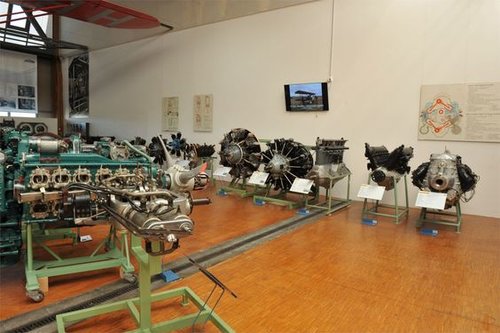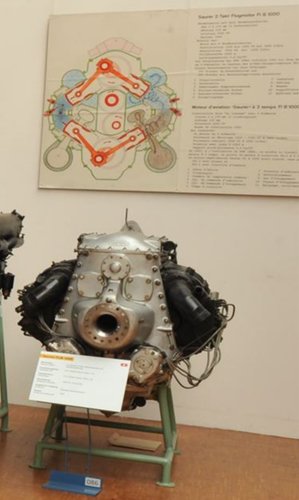it is a 2-stroke with forced induction because here you cannot realize crankcase induction (besides - sleeve valve 2-strokes are possible as well - look at the RR Crecy and other british concepts of the late 1940s).
Yes, the Crecy appears to be a striking parallel to the FLB 1000/2000 in several ways; conceived as a two-stroke Diesel, later being converted to run on petrol with fuel injection (Diesels always rely on injection, of course), and never making it into production. But the Crecy had conventional single-piston cylinders. By the way, Jumo was Junkers' wholly-owned engine subsidiary - all Junkers engines were branded Jumo, right through to the jets. The 20x and 22x series were opposed-piston Diesels, I think all two-strokes, while its 21x series were conventional single-piston four-stroke arrangements running on petrol. Saurer bent the two-ended cylinder into a V shape.
The big advantage of the two-stroke is its theoretical doubling of output power, since every cylinder fires twice as often. The scavenging of exhaust gases is critical to the success of this strategy, both to maintain full power and to keep the valves from overheating. To this end, some kind of through-flow within the cylinder is essential; the Crecy drew air in at the bottom and exhausted it at the top, while the Saurer drew it in on one leg of the kinked cylinder and exhausted it on the other.
The Saurer YS-2 and YS-3 were developed versions of the Hispano-Suiza HS77 12Y51 (also known as the HS51-12Y), with increased output.
EKW license-built the Morane-Saulner 450 as the C-36 series, re-engining a small batch with the 1,245 hp YS-2 as the C-3604. Today, D-FEKW is a C-3603 restored as an airworthy C-3604. (See Aeroplane, Aug 2021, p.10.) Unfortunately the restoration involved re-engining with a Merlin as its physical size and power rating are similar to the Saurer (which one might suggest says a lot for the Saurer and, potentially, also the Crecy).
Doflug (Dornier's Swiss branch) similarly licensed the MS.406 as the D-38 series. Variants included around 12 D-3802 with the YS-2, followed by development of the D-3803 with the improved YS-3.
There must be more about the FLB / YS series of engines out there somewhere, probably written in Schwitzerdeutsch or French.
[much updated to correct errors and add stuff]






